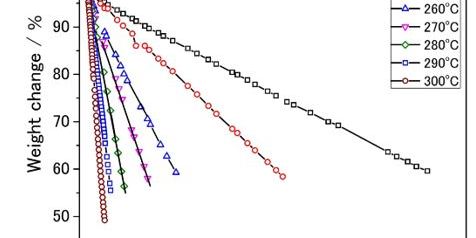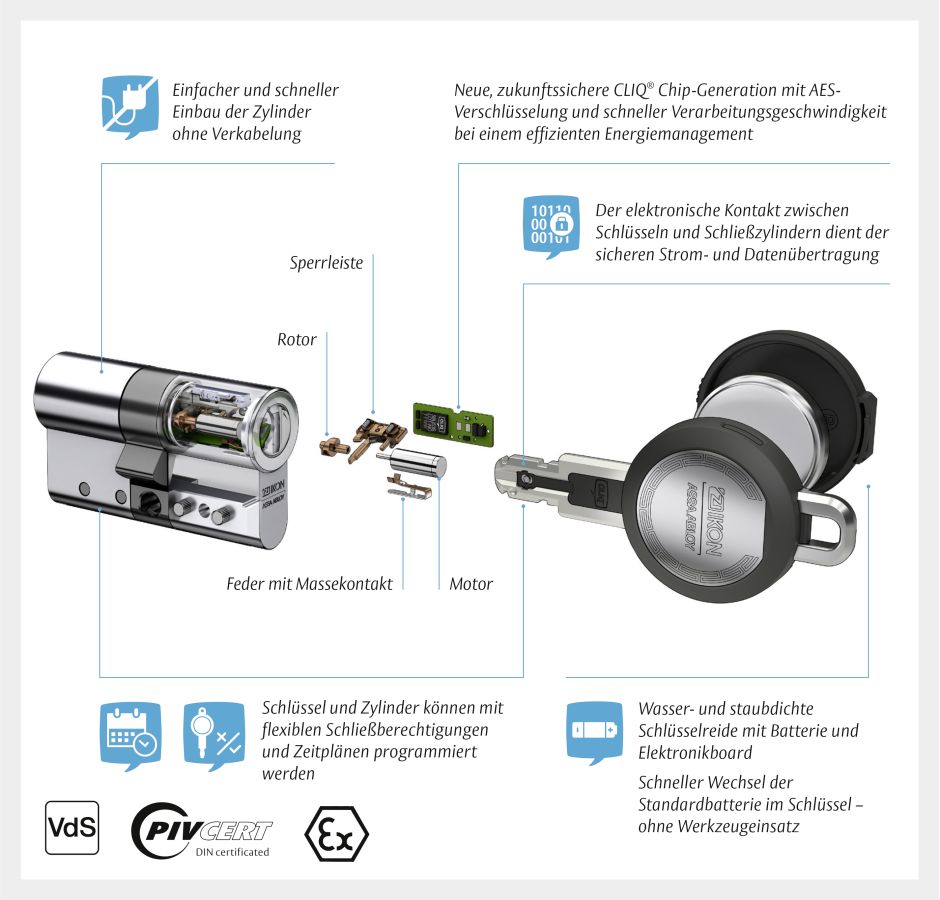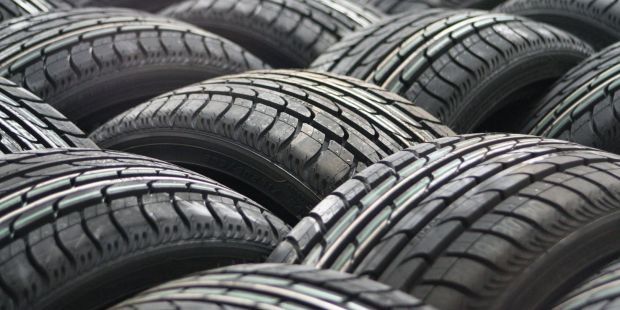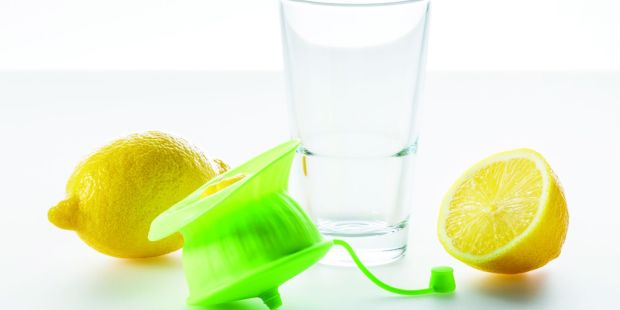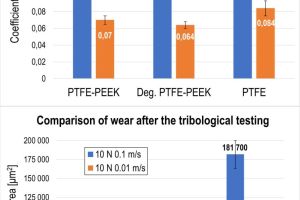
Wie steht es um die deutsche Zulieferindustrie?
Deutsche Zulieferer stehen 2024 vor großen Herausforderungen: Schwächelnde Produktions- und Umsatzzahlen, weiterhin hohe Energiepreise und ein dringender Bedarf an einer effektiven Industriestrategie durch die EU. Die wichtigsten Zahlen und Fakten lesen Sie.

Herrmann Ultraschall: Firmengründerin Ingeborg Herrmann verstorben
Herrmann Ultraschall, Karlsbad, trauert um Ingeborg Herrmann, die am 25. April verstorben ist. Sie prägte die Entwicklung des Familienunternehmens maßgeblich und war darüber hinaus auch für ihr soziales Engagement in der Region bekannt.

Pyrolyseöl von Pyrum nun auch zertifiziert
Pyrum Innovations erhält die RCS-Zertifizierung für ihr Pyrolyseöl. Die BASF speist dieses in die Produktion ein und stellt über den Massenbilanzansatz ein Polyamid für textile Anwendungen her.

Polytives und Chemiedistributor Nordmann kooperieren
Polytives beginnt eine Partnerschaft mit dem international tätigen Chemiedistributor Nordmann in Europa, der Türkei und Großbritannien im Bereich der polymeren Hochleistungs-Additive.
Forschung Zur Rubrik

Investigation of the Foam Density Development of EPDM Rubber Foam using Thermoplastic Expandable Microspheres
The aim of these experimental investigations is to understand the potential for reducing foam density by the amount of Thermoplastic Expandable Microspheres (TEM) used as foaming agent, the processing temperature and the viscosity of the rubber. Two EPDM-based rubber compounds that are processed in injection moulding and ex-trusion processes, and therefore have different viscosities, have been the subject of investigation. A Sponge Rubber Analyzer is used to determine the time-dependent reduction and thus the lowest achievable foam density. It was shown that the process temperature and the mass content of TEM added had a significant influence on the foam density reduction.

Structural and Physical Properties of Poly Methyl Methacrylate / Magnetite Nanocomposites
The casting technique was used for the preparation of poly methyl methacrylate (PMMA) nanoparticles at different concentrations of Fe3O4. SEM indicated a precise distribution of Fe3O4 particles in the PMMA matrix up to 10 wt%. XRD reveals an increase in crystallization by increasing the Fe3O4 content. The dielectric parameters ε‘ and ε“ were found to increase gradually by increasing Fe3O4 content up to 10 wt% followed by an abrupt increase. The electrical conductivity σdc at 30 °C was found to be in the order of 10-9 S cm-1 which recommends such composites to be used as antistatic materials. On the other hand, the values of σdc at 90 °C was found to be in the order of 10-3 S cm-1 which behave like semiconductor at such high temperature.
Roh- & Zusatzstoffe Zur Rubrik

Wie Big Data für gleichbleibende Qualität sorgt
Hohe Stückzahl, kaum Ausschuss, das ist das Ziel aller fertigenden Unternehmen. Doch ab einem gewissen Punkt wird es schwierig, die Fehler noch weiter zu reduzieren. Wie Software hierbei unterstützen kann, erfahren Sie im Artikel.

Deutsche Kautschuktagung 2024
Vom 1. bis 4. Juli 2024 öffnet die DKT 2024 nach zwei Jahren wieder in Nürnberg ihre Tore. Unter der Schirmherrschaft der Deutschen Kautschuk-Gesellschaft (DKG) bietet sich diese Veranstaltung – bestehend aus wissenschaftlichen Konferenz, Fachausstellung und Rahmenprogramm – an, dieses Jahr ein Highlight für die Kautschuk- und Elastomerbranche zu werden.

